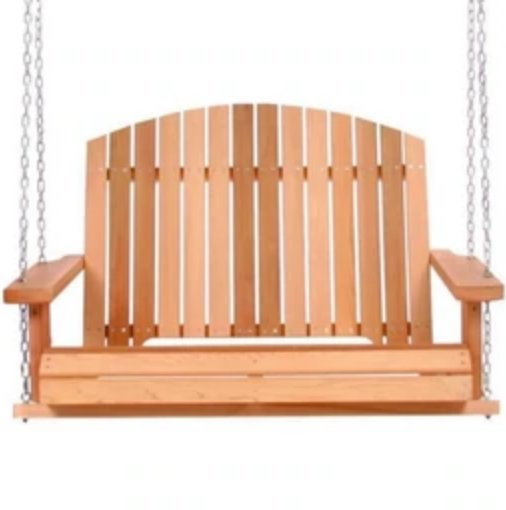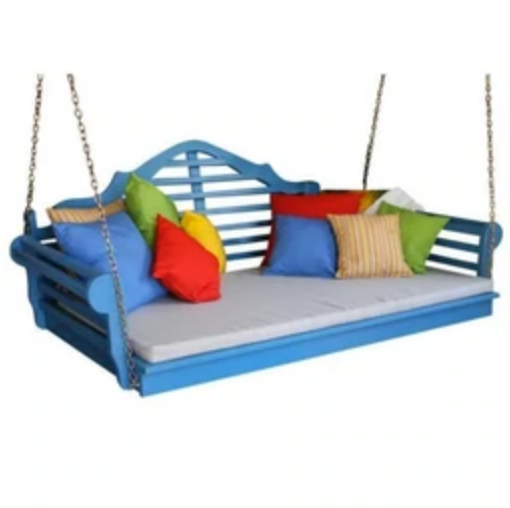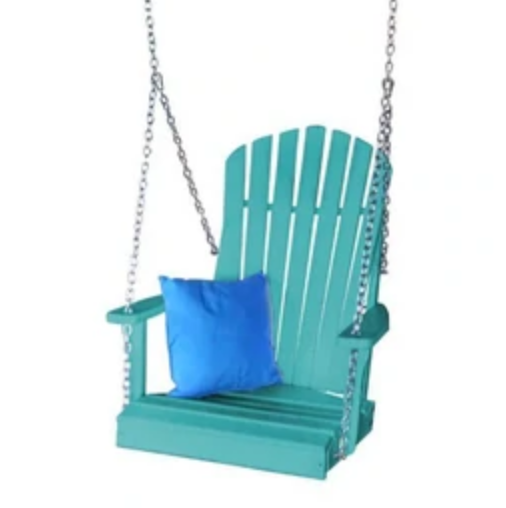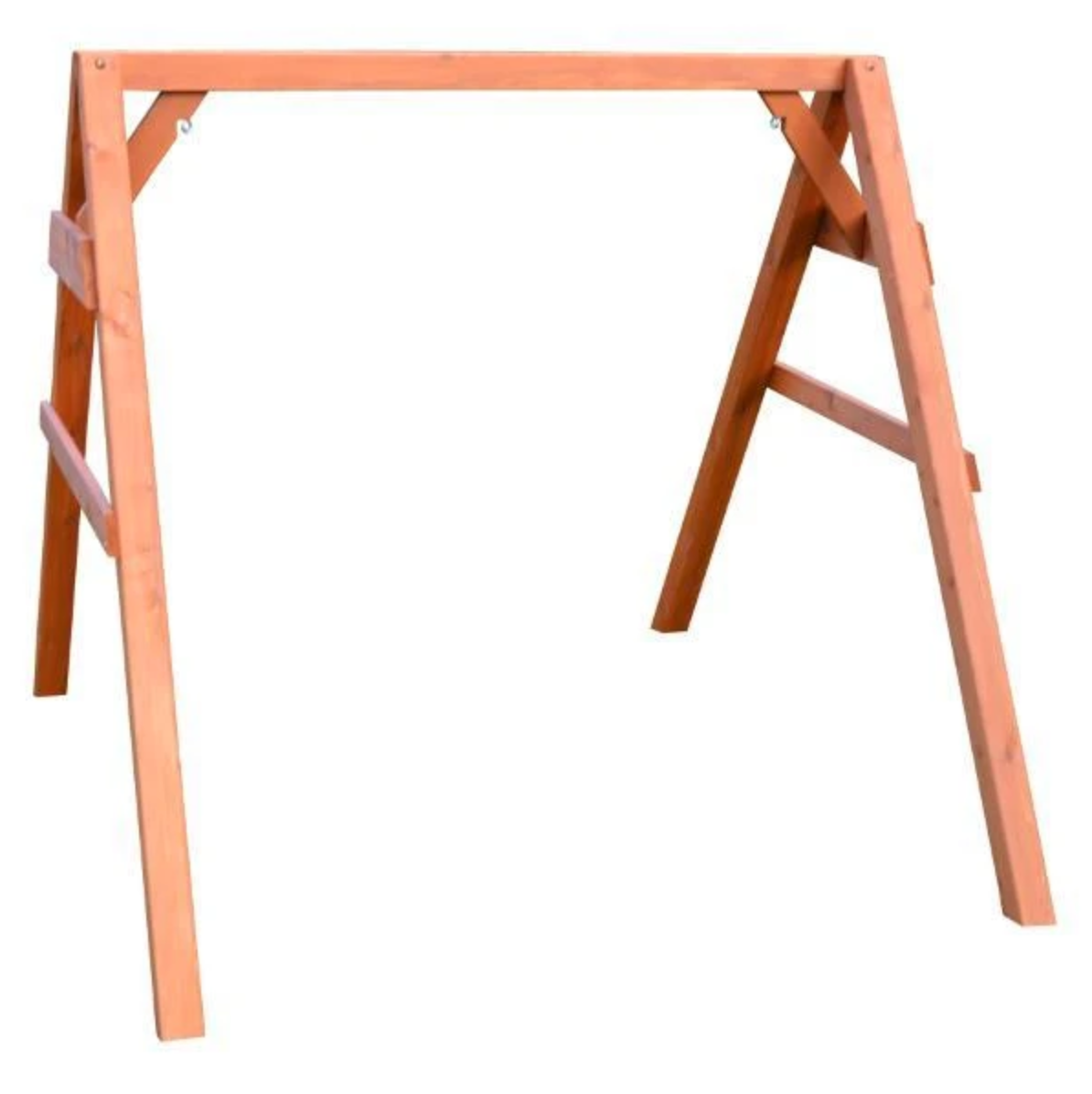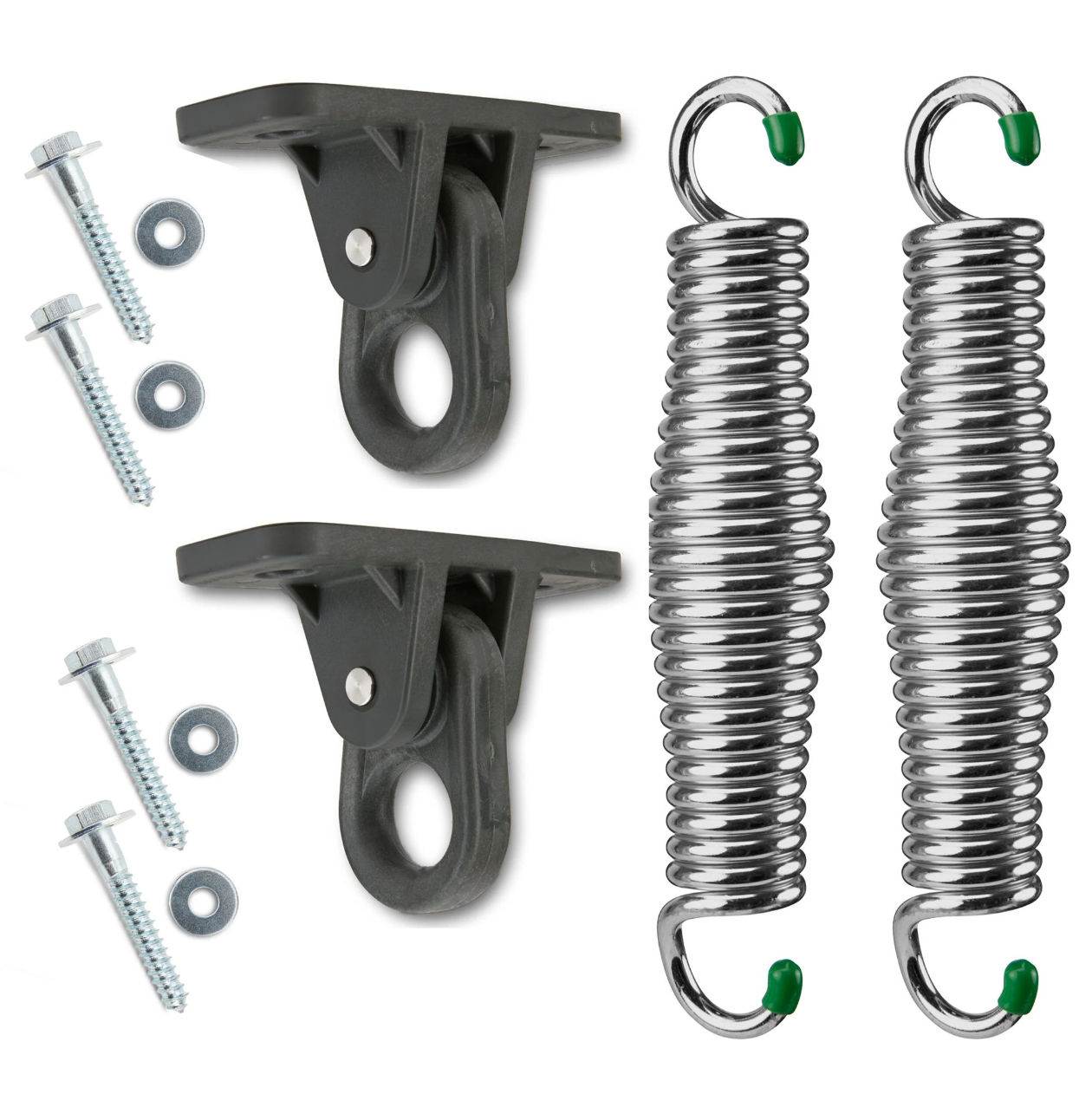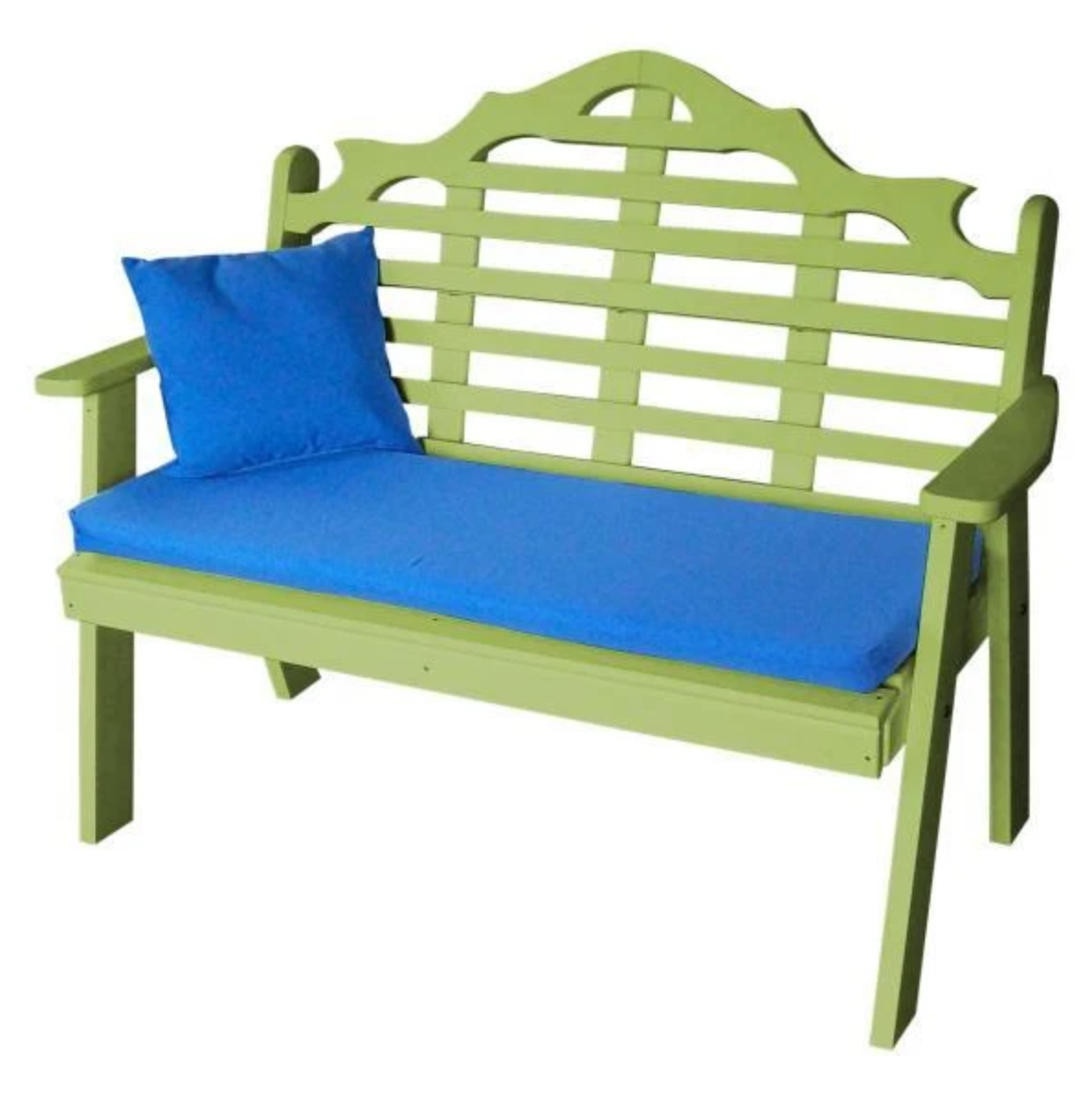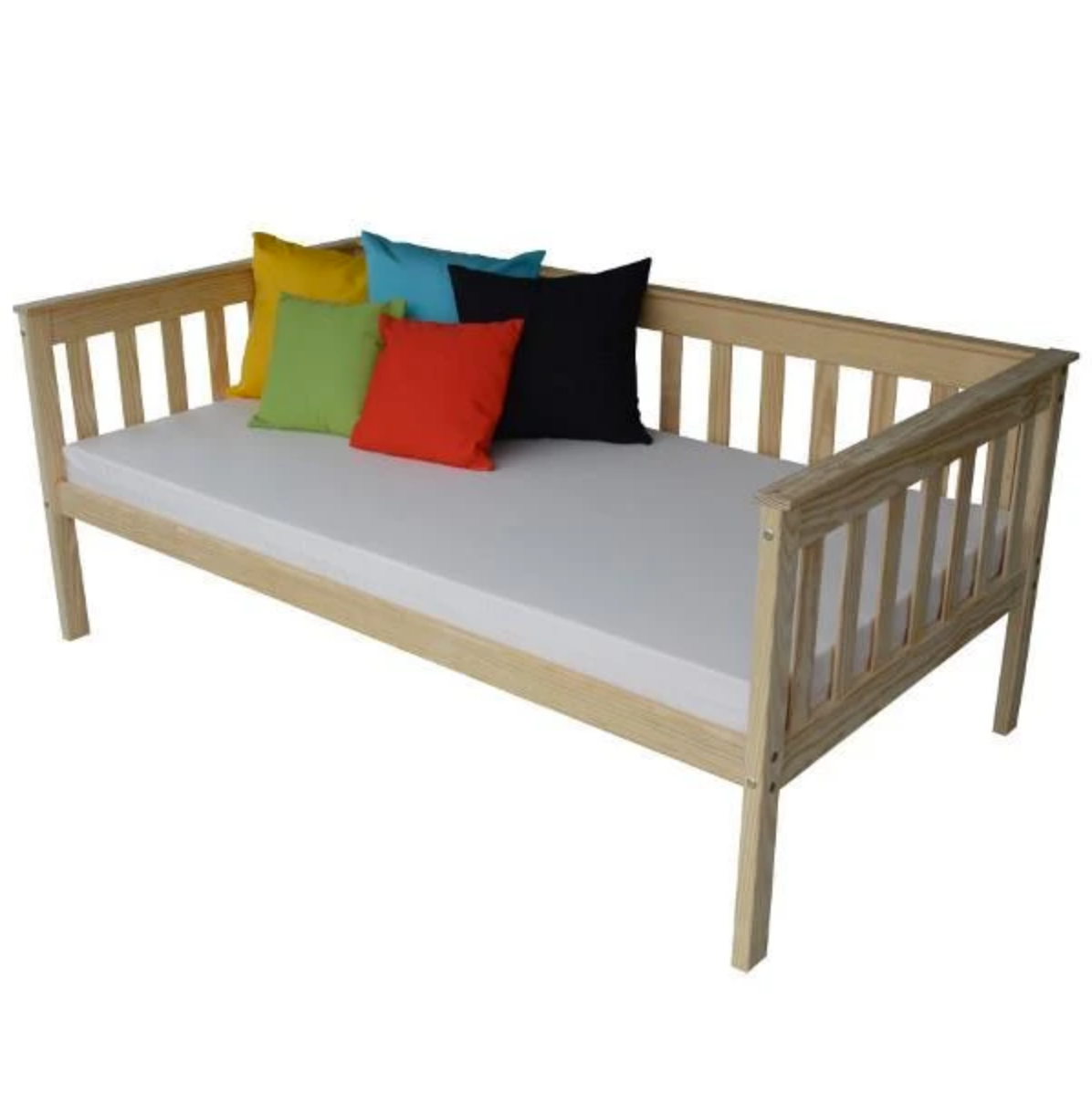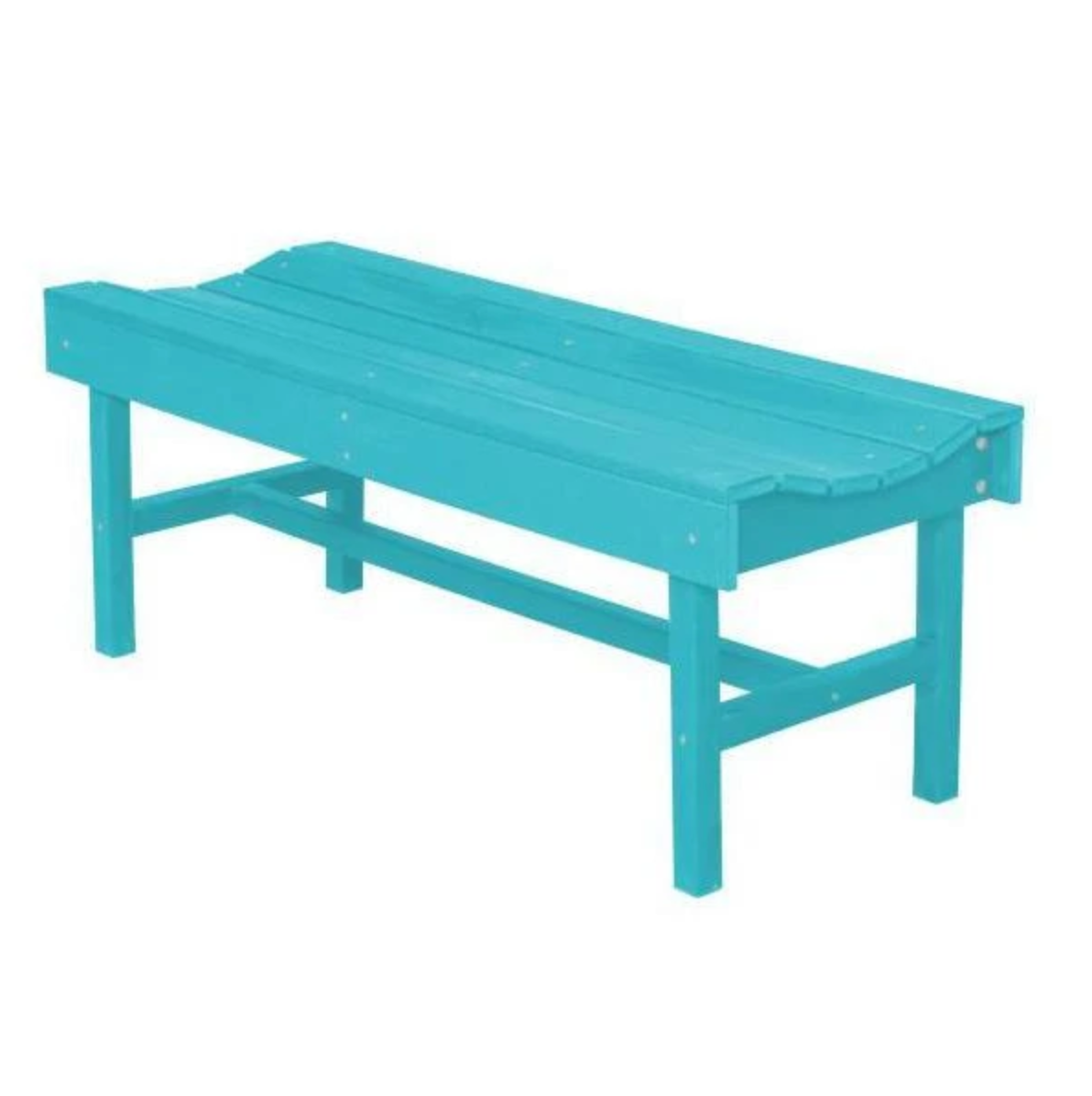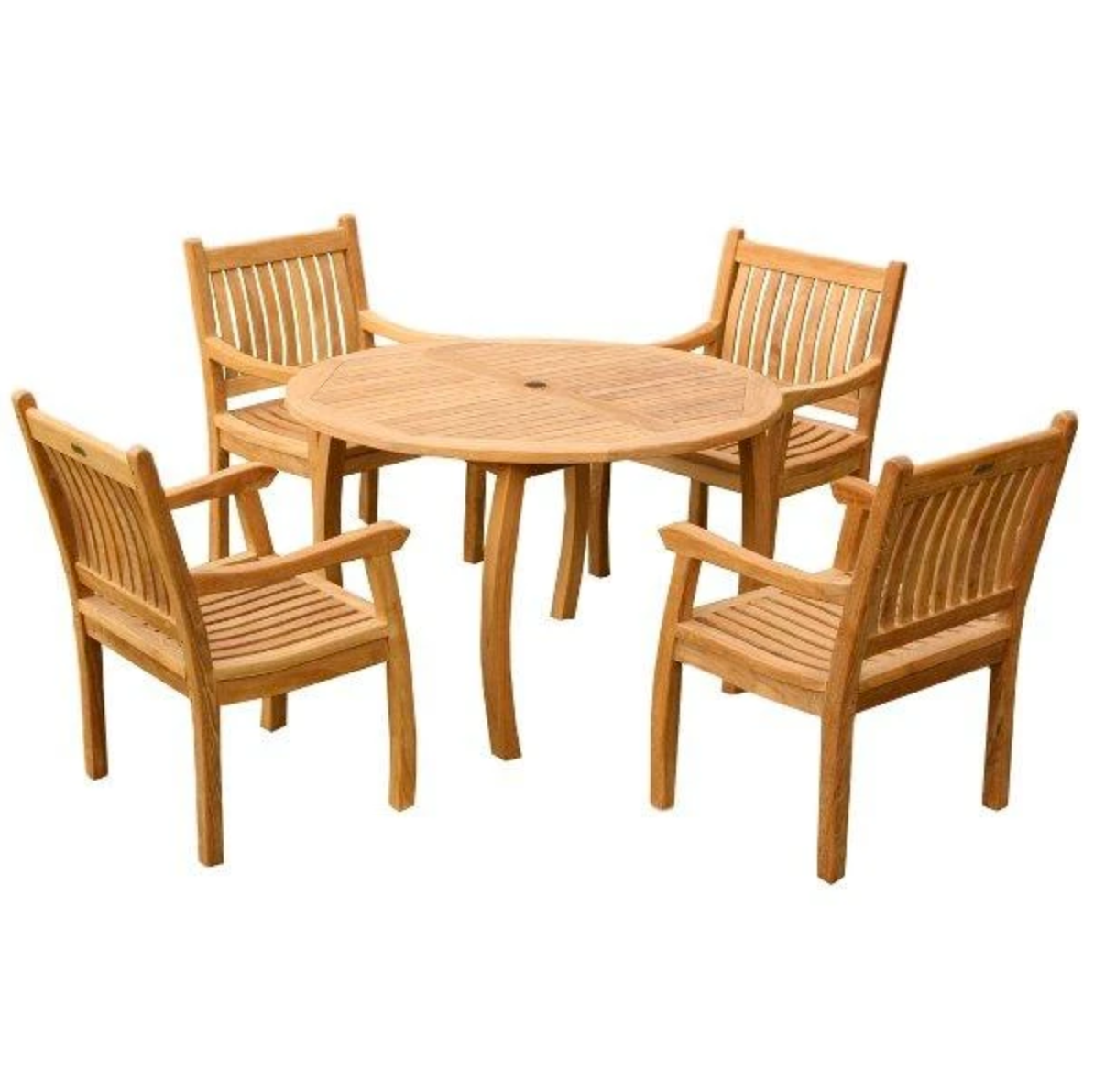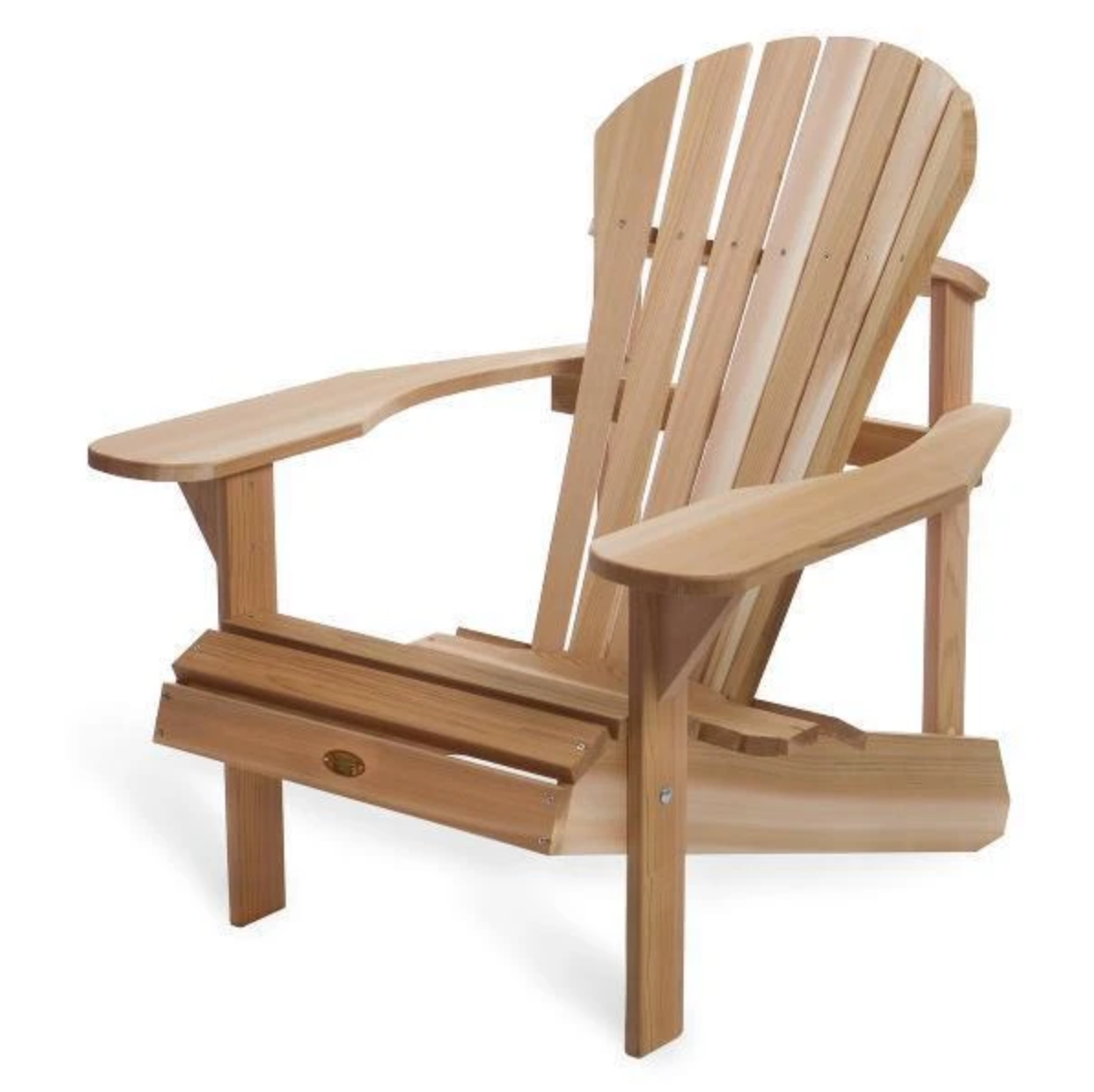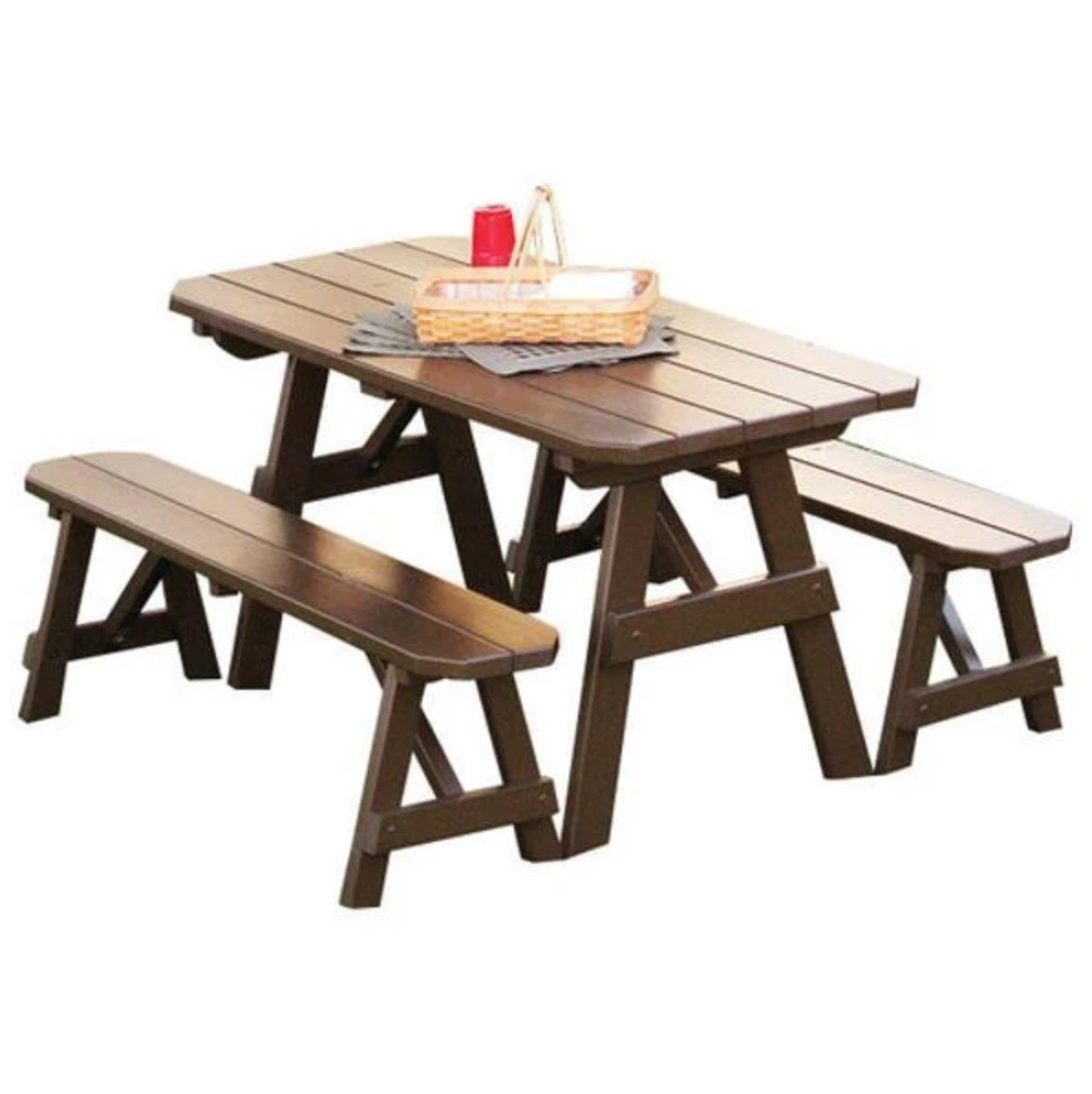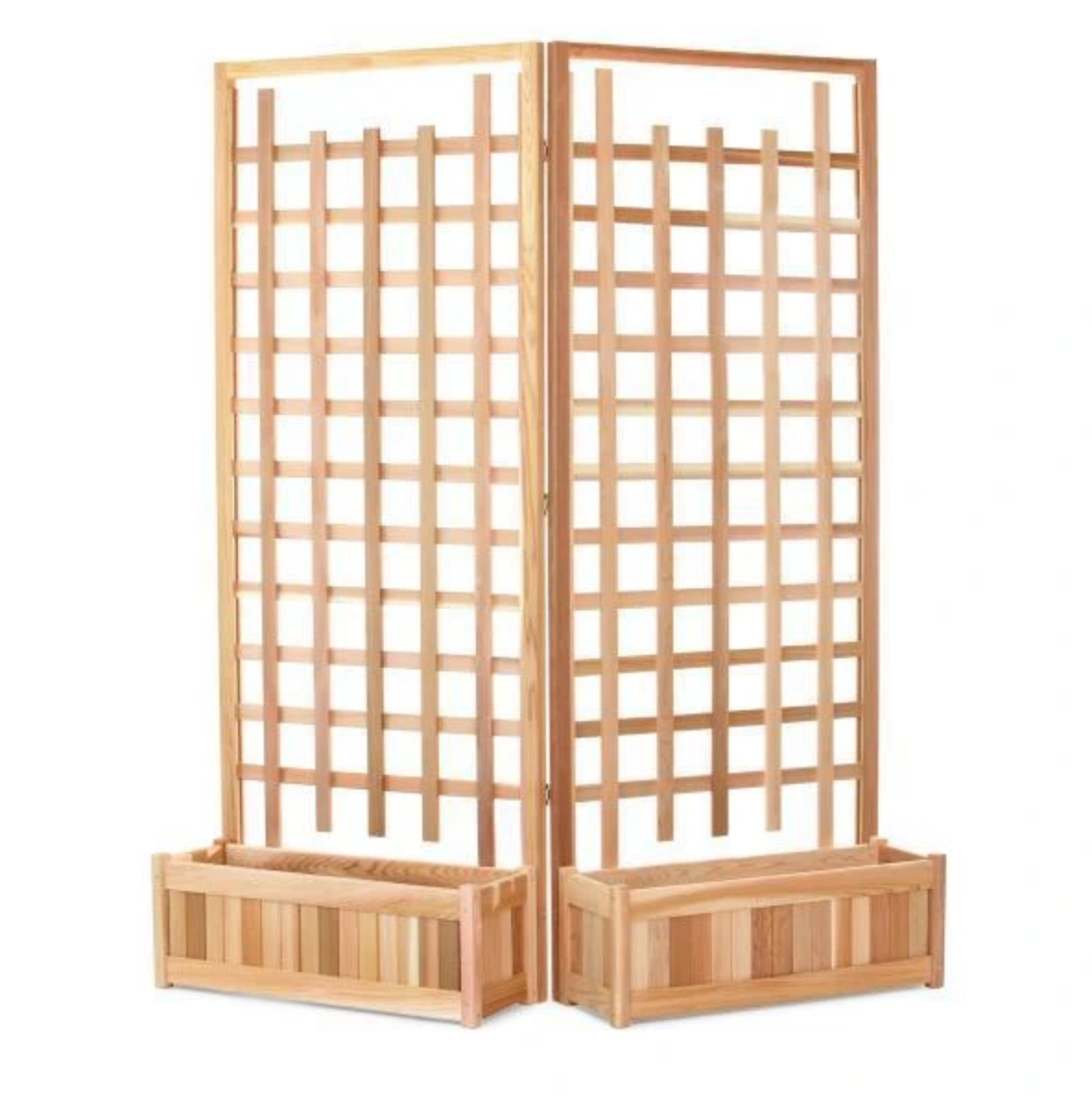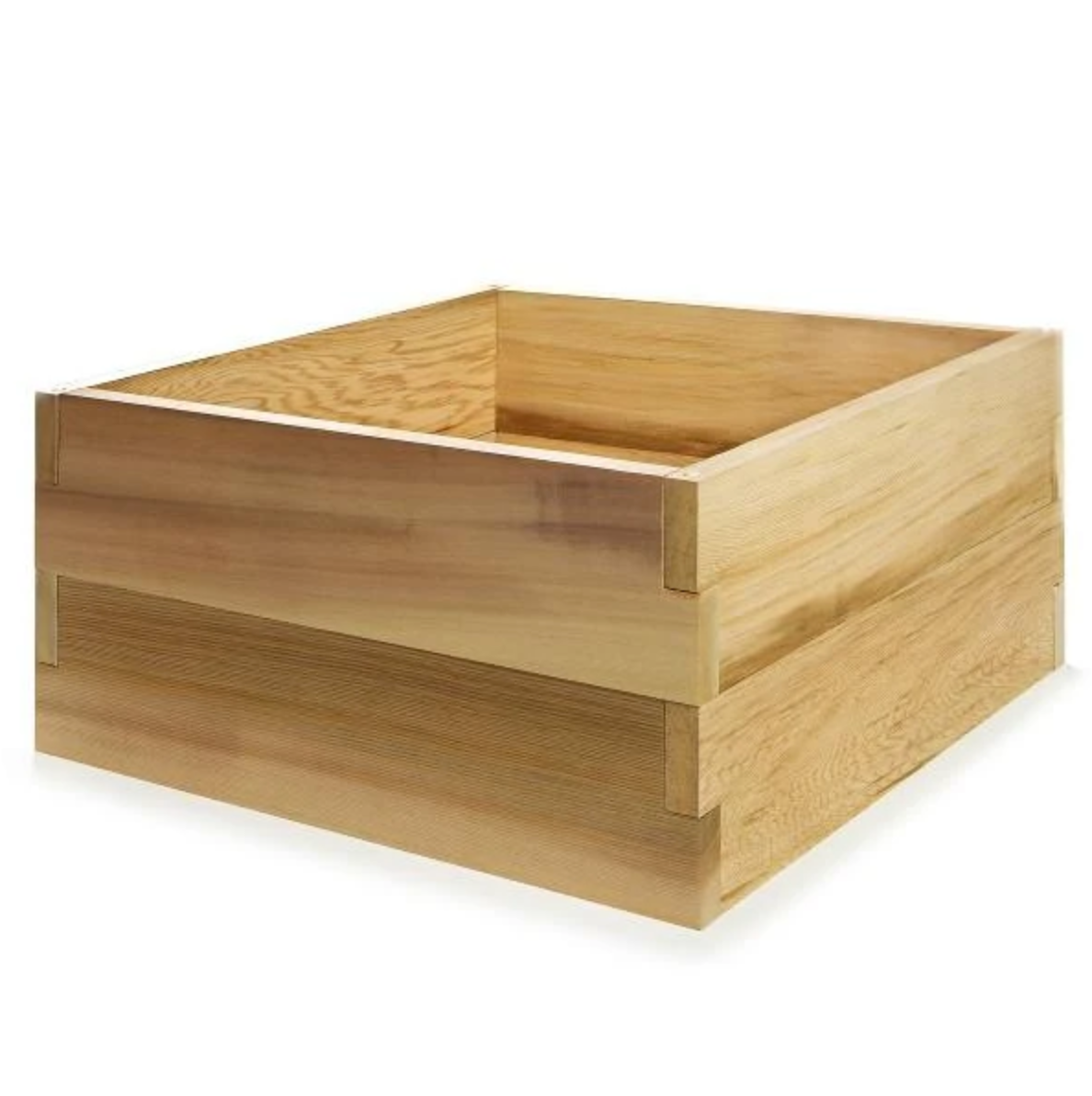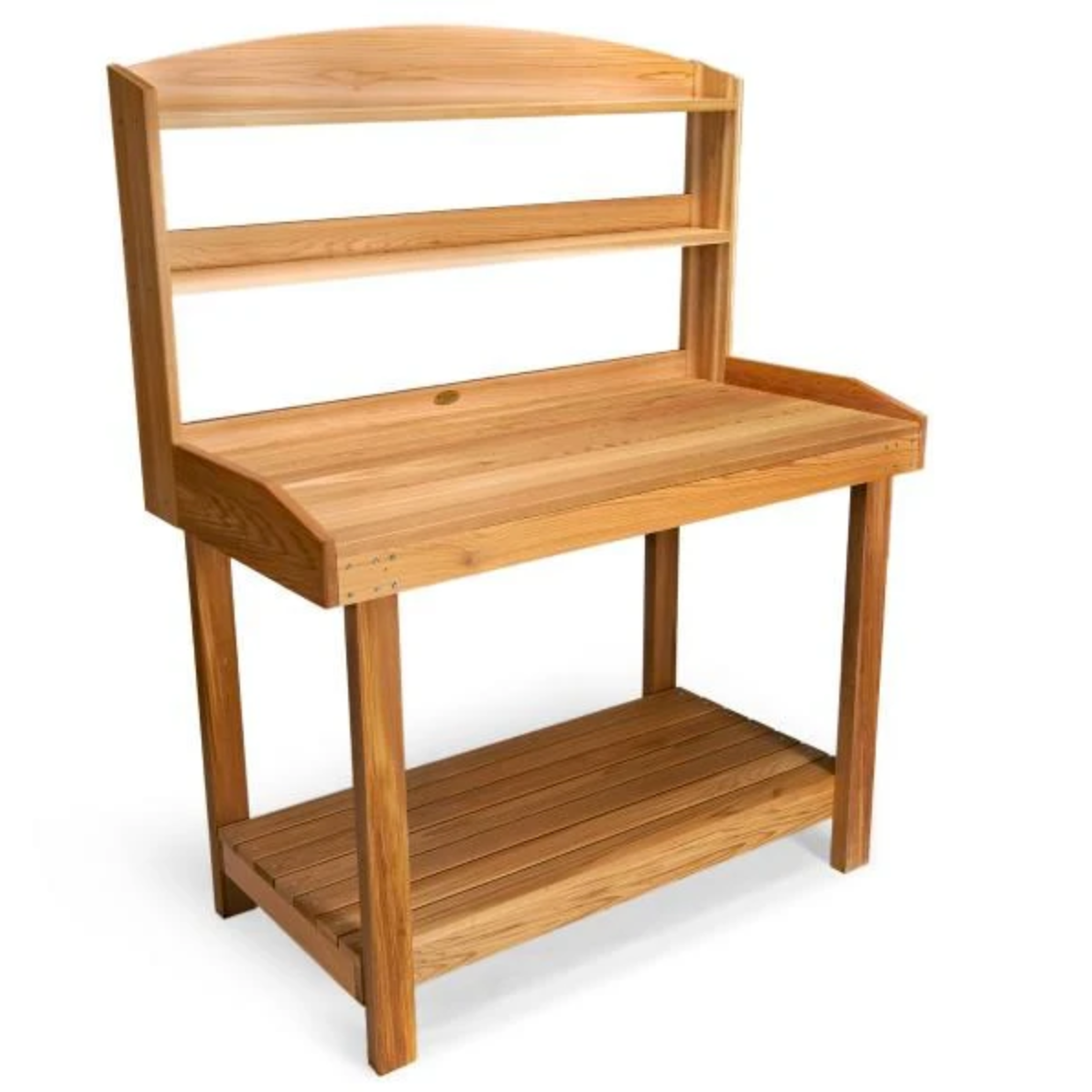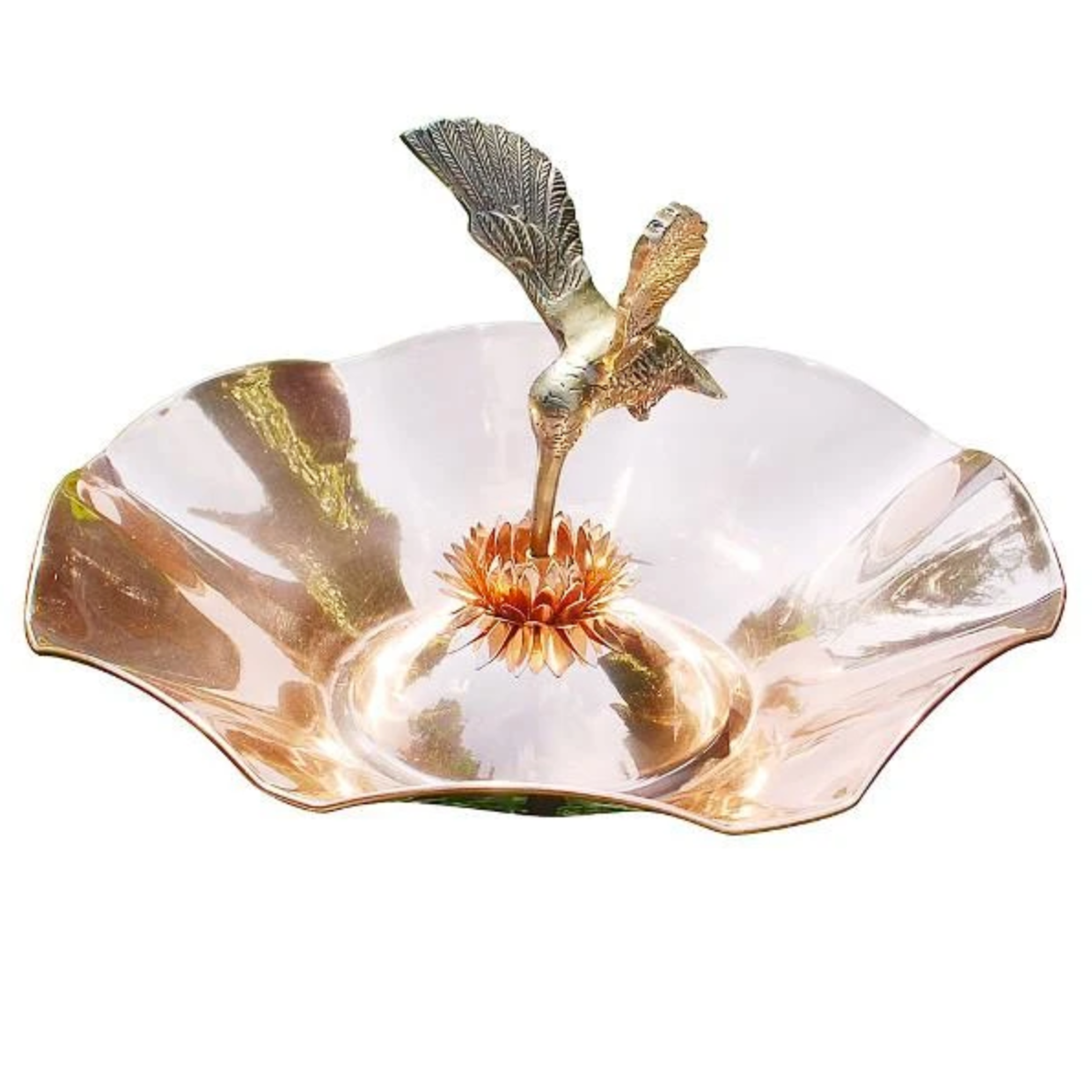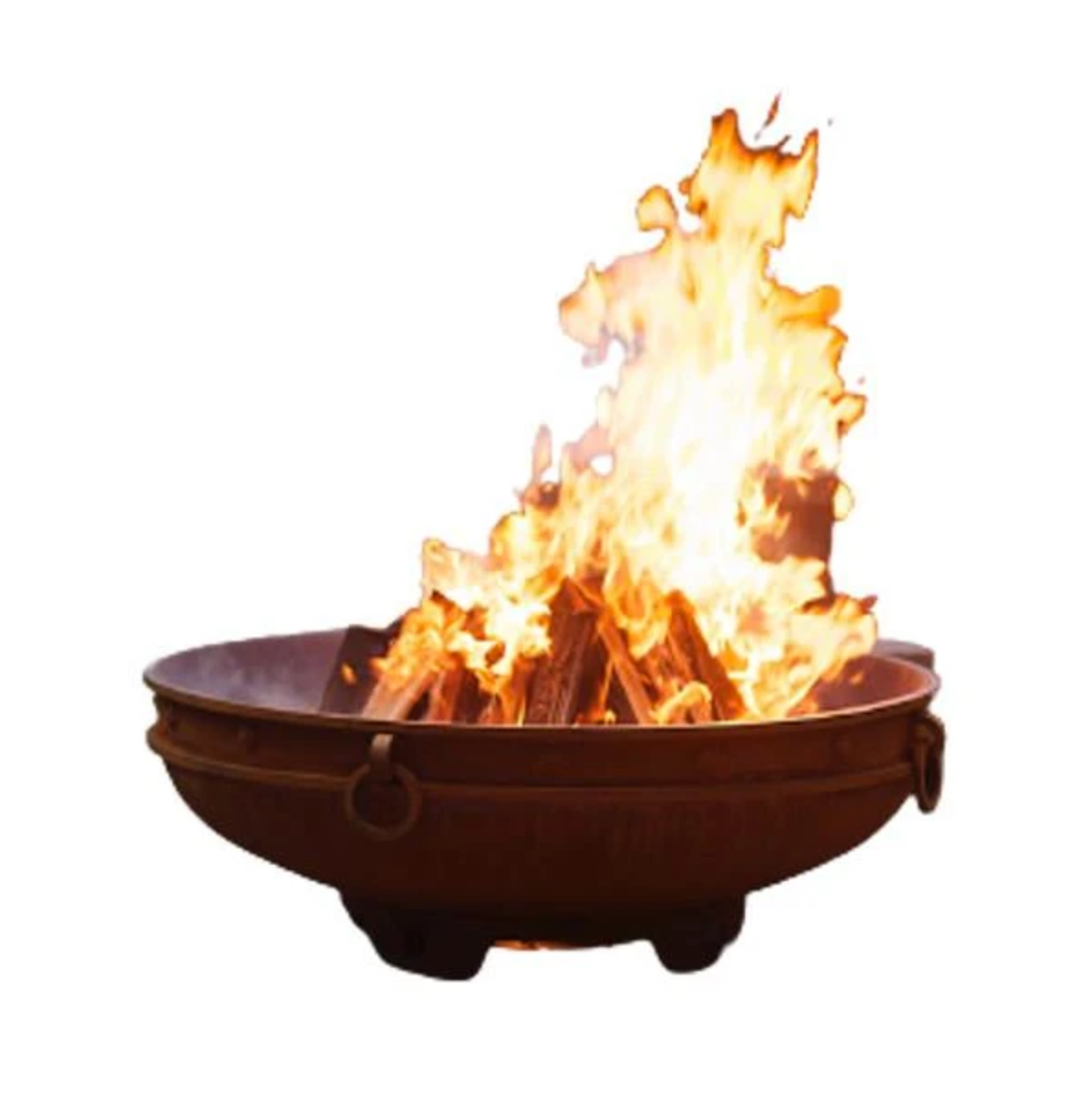Your Cart is Empty
FREE SHIPPING ON EVERY ORDER
Menu

FREE SHIPPING ON EVERY ORDER
Swings
Benches
Tables & Chairs
Home & Garden
The History & Evolution of Memorial Benches: From Ancient Tributes to Modern Sanctuaries
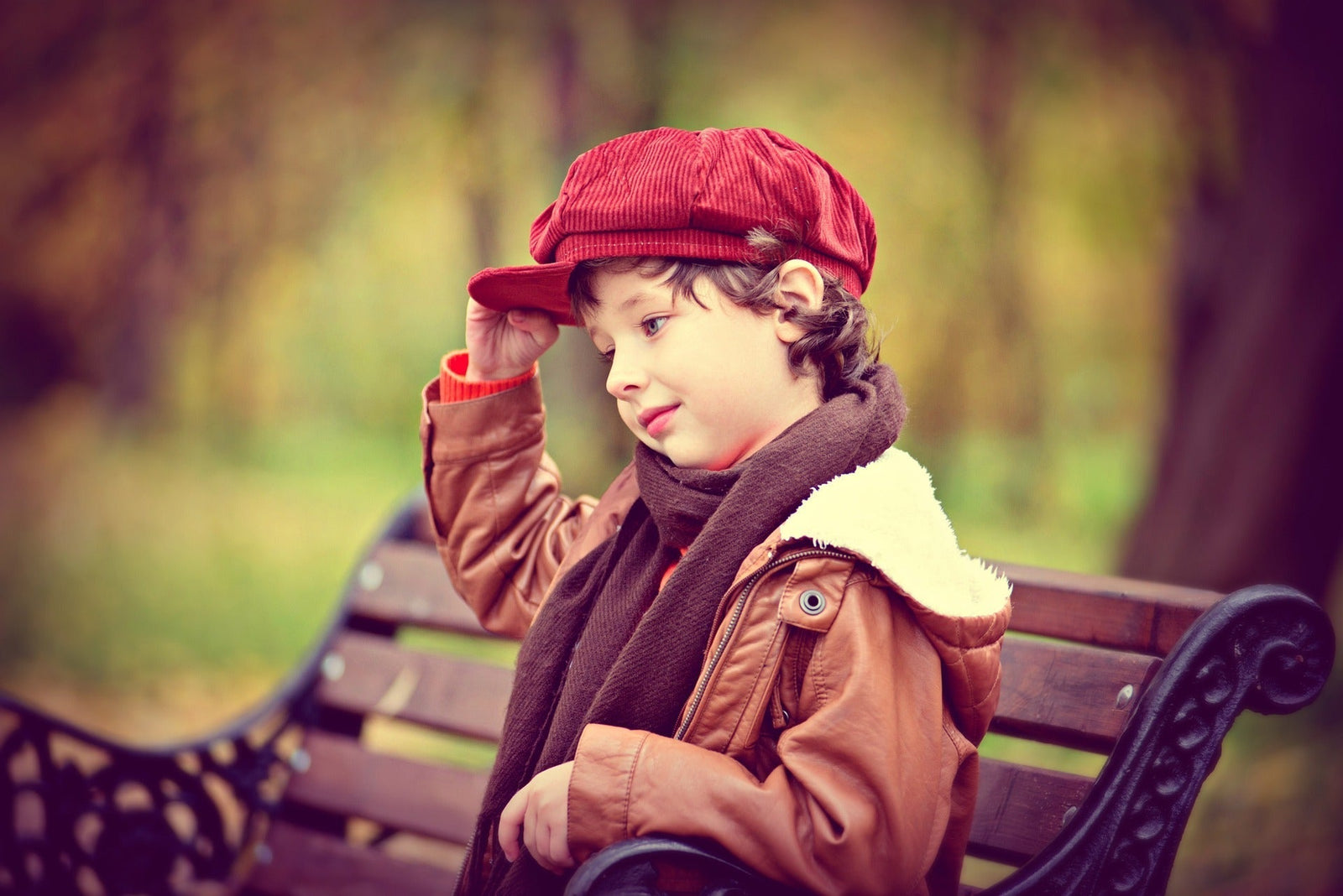
As a leading purveyor of fine outdoor furniture, every piece has a story and a purpose that extends beyond its form. While we craft benches for gardens, parks, and public spaces, one category holds a particularly profound and timeless significance: the memorial benches.
Around 3.28 million individuals in the United States passed away in 2022. Death comes suddenly and deprives people of their loved ones. One of the best ways to celebrate their life is by installing a memorial bench. Memorial benches aren't just seats; they are tangible connections to the past, embodying centuries of human tradition in a single, enduring form. To understand the actual value of a modernmemorial bench, we must first explore its deep roots and the remarkableevolution of remembrance practices throughout history.

The Origin of Memorial Benches: A Look at Ancient Tributes
The concept of a public tribute to honor an individual or event is not a modern invention. Memorial benches date back to the earliest civilizations, when people commemorated leaders, heroes, and deities through impressive monuments.
In ancient Egypt, grand public spaces and temple gardens often featured stone seats and structures where people could rest and reflect on the greatness of their pharaohs or gods. Similarly, Roman public squares, or fora, were adorned with benches and elaborate stonework dedicated to influential senators and philosophers, providing both a place for public discourse and a perpetual reminder of their legacies.
These early benches were not so much about personal grief as they were about civic pride and the veneration of public figures. They served a dual purpose: providing a functional rest stop while simultaneously imbuing the space with historical and cultural weight. It was the dawn of historical memorial practices, where the act of remembrance was intertwined with the public sphere and the reinforcement of social structures.
The Shift in Historical Memorial Practices: From Public Figures to Private Lives
As societies evolved, so did the nature of commemoration. The medieval and Renaissance periods saw a greater emphasis on churchyard memorials and grand tombs, often reserved for the wealthy and aristocratic. While these monuments were personal, they were still a display of status and power. The common person's remembrance was often more ephemeral, consisting of simple wooden crosses or informal gatherings.
A significant shift occurred during the 19th and 20th centuries, a period of rapid urbanization and the birth of the modern public park movement. As cities grew denser, there was a rising need for serene green spaces where citizens could escape the hustle and bustle. It was during this time that memorial benches began to take on a more personal and democratic character.
Following devastating conflicts like World War I, communities were left to mourn immense losses. Families who lost loved ones sought new ways to honor their memory, especially when a body was not recovered. Placing a bench in a beloved park or a town square became a popular way to create a tangible, accessible tribute.
It marked a profound turning point in theevolution of remembrance, moving the focus from grand, heroic monuments to intimate, heartfelt memorials for everyday individuals. The bench was no longer just for kings or generals; it was for a son, a mother, a friend who loved to read in the park, or a soldier who never returned.

The Rise of Modern Memorial Traditions
In the late 20th and early 21st centuries,modern memorial traditions have continued to evolve, driven by a desire for personalization and unique expressions of love. The simple wooden bench of the past hasbeen transformed into a sophisticated and customizable piece of outdoor furniture. Today'smemorial benches canbe crafted from a wide array of materials, from classic cast iron and robust timber to modern, low-maintenance recycled plastic and elegant granite.
This material diversity allows for an unprecedented level of customization. Plaques, once simple brass plates, can now be made from engraved granite, bronze, or stainless steel, allowing for more detailed inscriptions, photographs, or even QR codes that link to online tributes. This technological integration will enable families to create a truly multi-dimensional memorial, blending the physical tribute with a digital legacy.
We have observed a significant trend in our sales data.

The Cultural Significance: A Shared Space for Solace
Thecultural significance of the memorial bench is rooted in its inherent communal nature. While it honors an individual, it also serves the community at large. A bench in a public park provides a place for a weary shopper to rest, a student to study, or a couple to enjoy a sunset. In doing so, it allows the deceased's memory to continue to contribute to the well-being of others.
This shared benefit is one of the most compelling reasons for memorial bench placement. It transforms a personal act of mourning into a public gesture of generosity. The person remembered through the bench is seen not only as a loss but also as a source of comfort and peace for those who follow. It's a quiet yet powerful testament to the idea that a life's impact can ripple outward long after they are gone.
Furthermore, these benches often become cherished landmarks, integrated into the fabric of a community. People might say, "Let's meet by the Miller's bench," or "I'll sit on my grandmother's bench for a while." This organic integration into everyday life ensures that the memory is not confined to a cemetery but lives on in the places that hold meaning for the person and their community.
Looking to the Future of Remembrance
The journey fromancient tributes to modern, personalizedmemorial benches highlights a profound and beautiful evolution in how we honor the departed. What began as a grand, often impersonal, monument has become a humble, interactive, and profoundly personal sanctuary.
As a furniture retailer specializing in creating spaces for people to connect with the outdoors, we are privileged to be a part of this tradition. Our modern benches are designed not just for durability and aesthetic appeal but with the understanding that they will become a cherished part of a family's history. They are crafted to be a place of quiet reflection, a seat for shared stories, and a timeless symbol of enduring love.
In the ever-changing landscape of human remembrance, one thing remains constant: the need to create a space for memories to live. Whether you choose a classic park bench with a simple plaque or a custom-designed piece with intricate engravings, a memorial bench is more than just furniture—it is a lasting tribute, a quiet invitation to pause, and a beautiful symbol of a life that their loved ones will never forget.
For a more comprehensive look into the history, significance, and cultural impact of memorial benches, be sure to read our full guide, "A Complete Guide to Memorial Benches."
Also in News
US
United States
Dec 17, 2025 14:41
Product Tag :
Product Collection :
×
